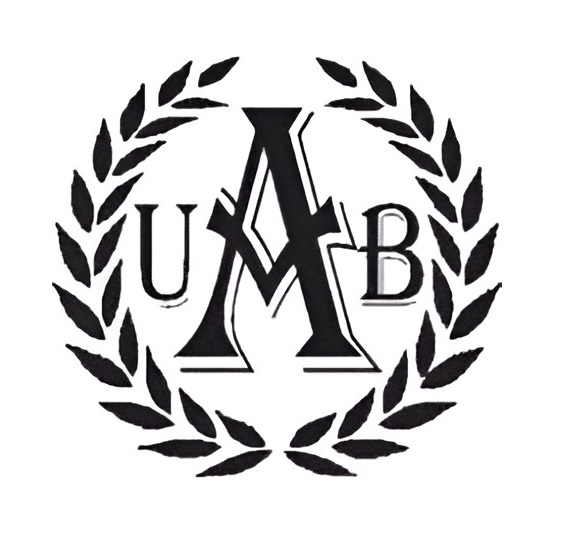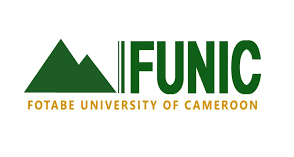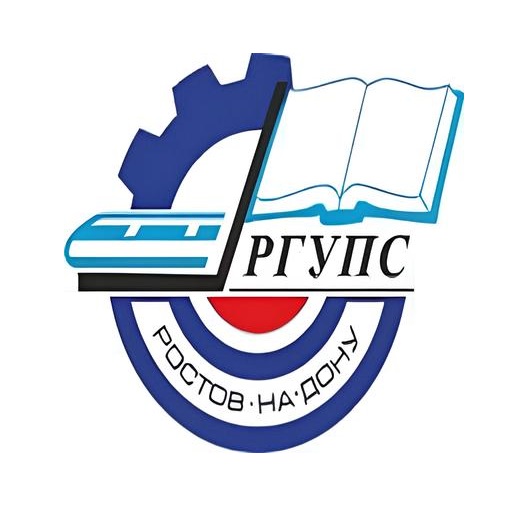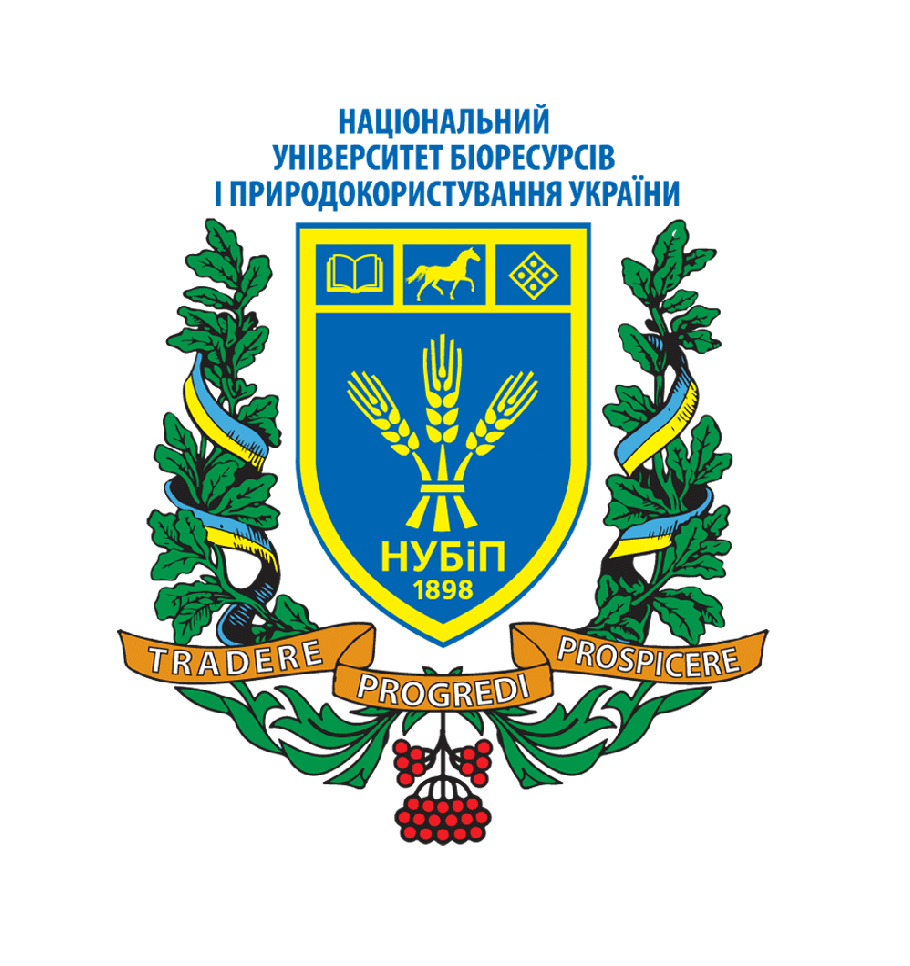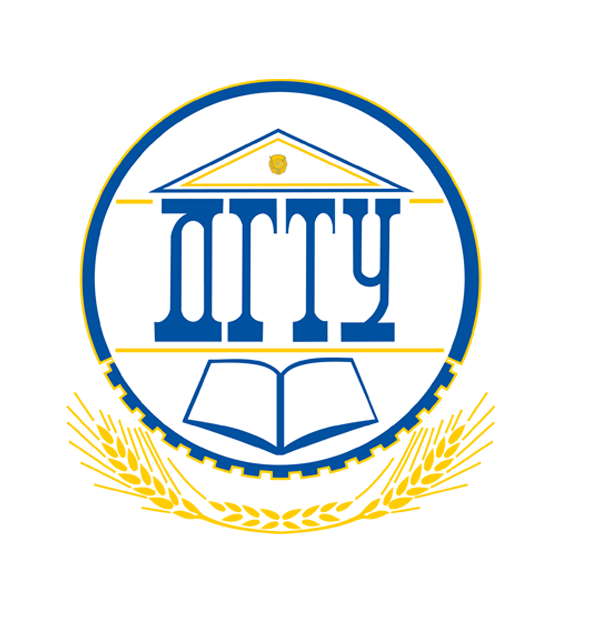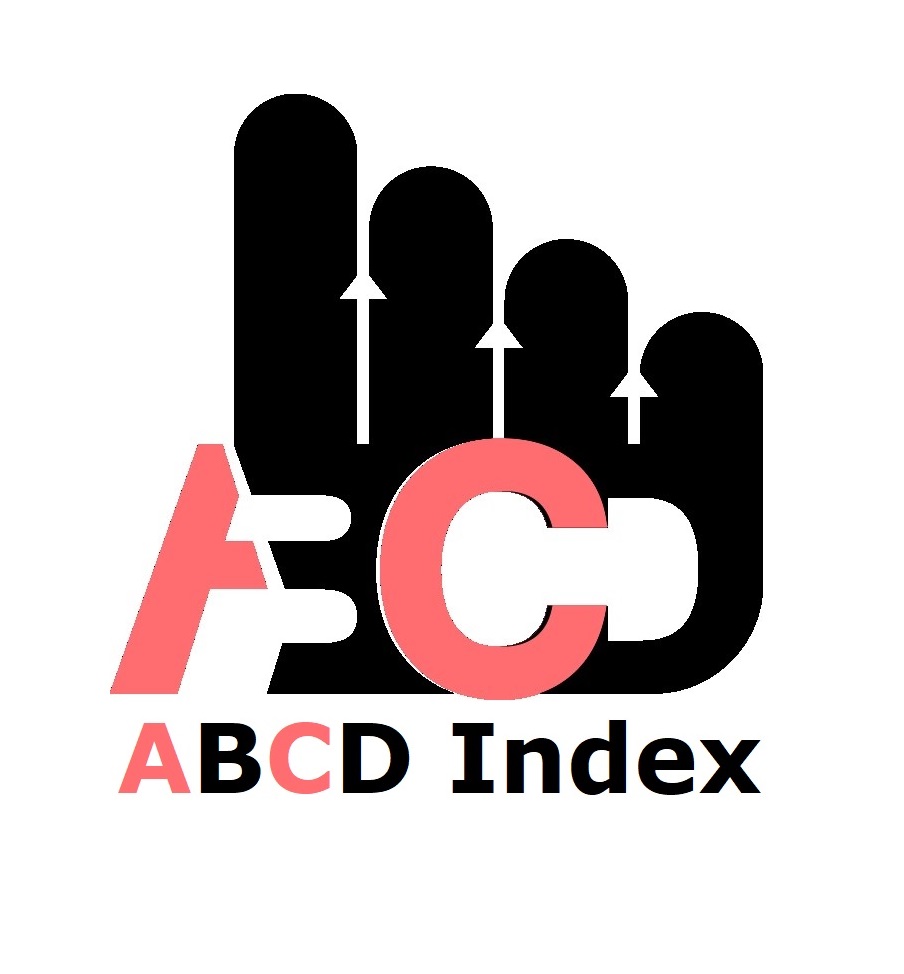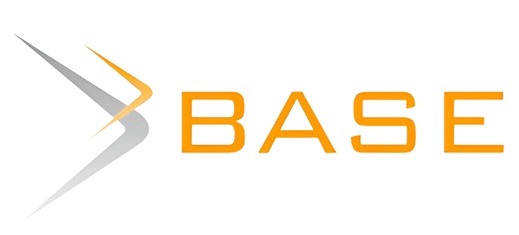Effect of Phonological Awareness on the Pupils' Reading Competence in the Lens of Kinyarwanda Early Grade Reading benchmarks: A case of Kirehe and Kicukiro Districts in Rwanda
Keywords:
Kinyarwanda Early Grade Reading Benchmarks, Literacy Teaching Techniques, Lower Primary, Phonological Awareness, Reading CompetenceAbstract
The study aimed to assess the phonological awareness effect on pupils’ reading competence in lower primary schools in Kirehe and Kicukiro districts of Rwanda. Specifically, the study assessed: i) the nature and extent of teachers’ use of phonological awareness in the teaching of Kinyarwanda literacy; ii) pupils’ reading competence vis-à-vis the Kinyarwanda reading benchmarks; and iii) the influence of phonological awareness on pupils’ reading competence. Vygotsky's socio-cultural theory of literacy guided the study, which employed a mixed-methods approach. The target population was 82355 individuals, consisting of 82291 pupils and 64 Kinyarwanda teachers. A sample of 397 pupils was reached using stratified random sampling, while 64 teachers were selected using purposive sampling. A questionnaire for teachers, a lesson observation checklist, interviews with teachers, and reading tests for the learners were used to collect data. Personal administration with on-the-spot collection was used to administer the questionnaire, while personal interviews and participant observation were used to conduct interviews and observations, respectively. Descriptive and inferential statistics were used to analyze and interpret quantitative data. Qualitative data were analyzed and interpreted through themes and verbatim patterns. Concerning the nature and extent of phonological awareness, the mean composite index of 3.78 suggests that there is a high level of implementation of phonological awareness-related teaching activities. Regarding the pupils’ reading competence, there is a significant number of pupils who do not meet the reading expectations at all grades. Precisely, 39.94% and 22.84%, on the summation of all categories, are below the reading comprehension benchmarks in urban and rural areas, respectively. 52.50% and 42.90%, on the summation of all categories, are below the reading benchmarks for the number of words correctly read per minute in urban and rural areas, respectively. Regarding the influence of phonological awareness on reading competence, the p-values for P2, and P3 in urban schools and P1 to P3 in rural schools (0.000, 0.000, 0.014, 0.011, and 0.016 in that order) indicate a positive and significant influence of phonological awareness on the number of words correctly read per minute. The p-values for P2 and P3 in urban schools and P1 to P3 in rural schools (0.000, 0.000, 0.012, 0.001, and 0.000 in that order) indicate a statistically significant influence of phonological awareness on reading comprehension. It was concluded that with more practice of phonological awareness, reading competence will be enhanced. Teachers of Kinyarwanda should focus on phonological awareness at the word, syllable, onset, rhyme, and phoneme levels using methods like counting, categorizing, rhyming, and segmenting. Effective techniques to improve reading skills, particularly for non-readers, should be applied in both rural and urban schools. The Ministry of Education should ensure that teachers are well-trained in these methods through ongoing professional development and pre-service training programs.
Published
How to Cite
Issue
Section
Copyright (c) 2024 Alphonse Benegusenga, Philothere Ntawiha, Wenceslas Nzabalirwa, Jean Leonard Buhigiro, Dr. Benjamin Bizimana, PhD

This work is licensed under a Creative Commons Attribution-NonCommercial 4.0 International License.
Most read articles by the same author(s)
- Jean Leonard Buhigiro, Emmanuel Sibomana, Jean de Dieu Amini Ngabonziza, Delphine Mukingambeho, Philothere Ntawiha, Peace and Values Education as a Cross-Cutting Issue in Rwandan Schools: Teachers and Classroom-Based Perspective , African Journal of Empirical Research: Vol. 5 No. 1 (2024): Jan-Mar 2024
- Jean Baptiste Mushimiyimana, Wenceslas Nzabalirwa, Irenee Ndayambaje, Alexandra Lazareva, ICT Integration in Rwandan Education: A Scoping Review of Opportunities and Challenges , African Journal of Empirical Research: Vol. 6 No. 1 (2025): Jan-Mar 2025
- Mr. Eustache Hagenimana, Dr. Philothere Ntawiha, Dr. Cyprien Tabaro, Dr. Jean Leonard Buhigiro, Competence-Based Assessment Strategies Applied By Teachers in English Subject: Case of Selected Lower Secondary Schools in Rulindo District, Rwanda , African Journal of Empirical Research: Vol. 4 No. 2 (2023): Jul-Dec 2023
- Mr. Daudi Mrema, Dr. Irénée Ndayambaje, Ph.D. , Dr. Philothère Ntawiha, Ph.D., Prof. Eugene Ndabaga, Ph.D., The Initiatives for Enforcing the Quality Assurance Standards in Fostering Universities’ Compliance in Tanzania , African Journal of Empirical Research: Vol. 4 No. 2 (2023): Jul-Dec 2023
- John Peter Kazinyirako, Philothère Ntawiha, Jean Leonard Buhigiro, Ildephonse Ndayambaje, Exploring Formative Assessment Practices in Public Secondary Schools in Kicukiro District , African Journal of Empirical Research: Vol. 5 No. 2 (2024): Apr-Jun 2024
- Aron Ntigurirwa, Philothere Ntawiha, Philibert Gakwenzire, Parental Factors Associated with Students’ Dropout in Lower Public Secondary Schools in Gasabo District, Rwanda , African Journal of Empirical Research: Vol. 5 No. 4 (2024): Oct-Dec 2024









